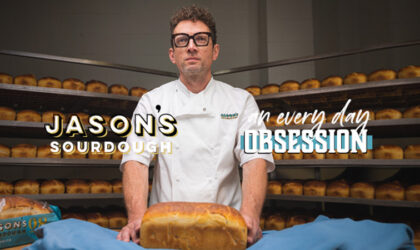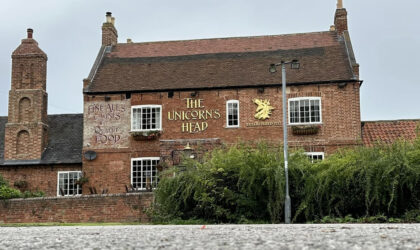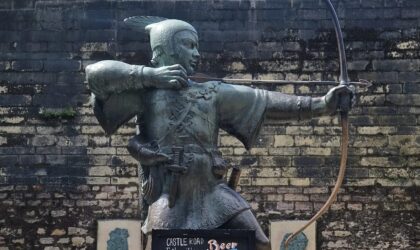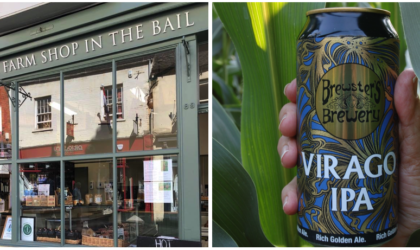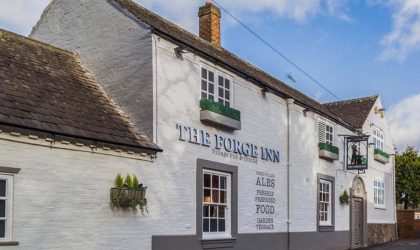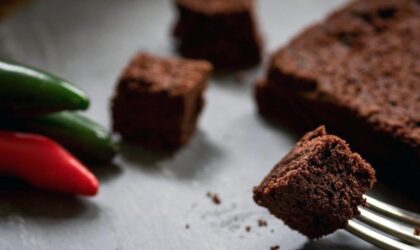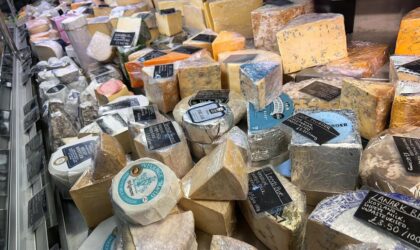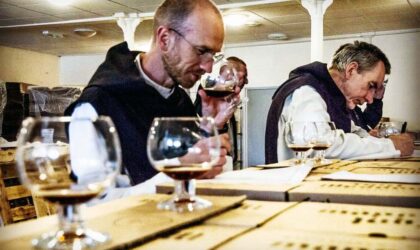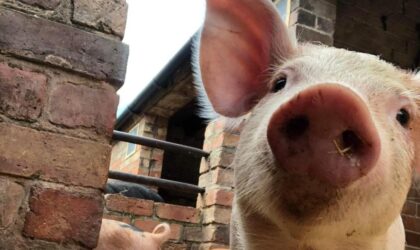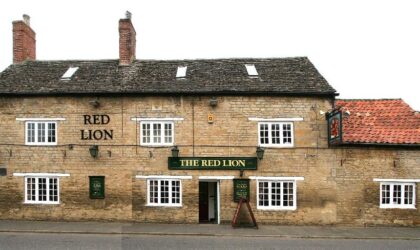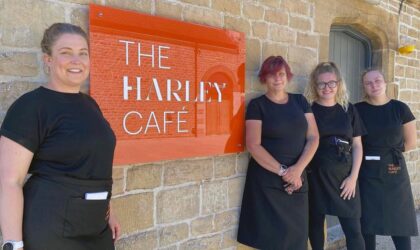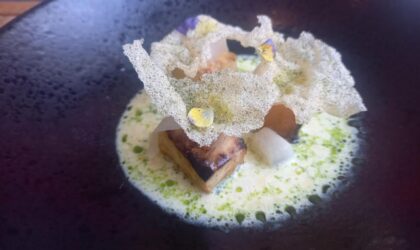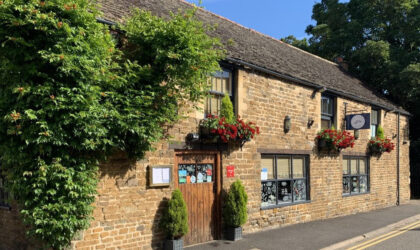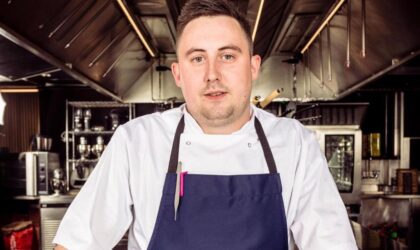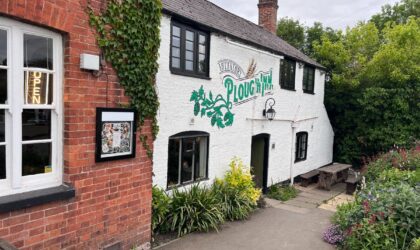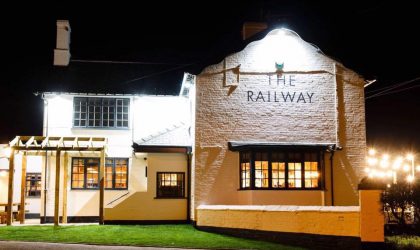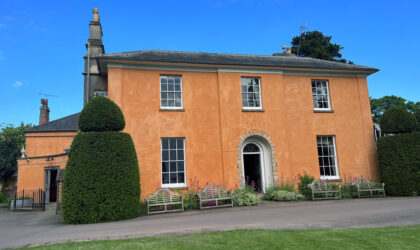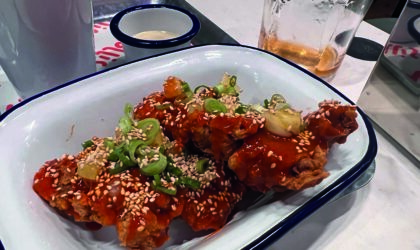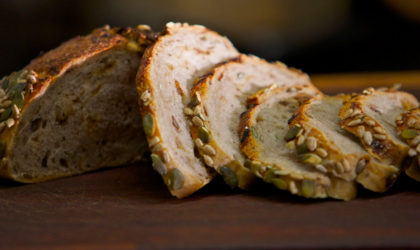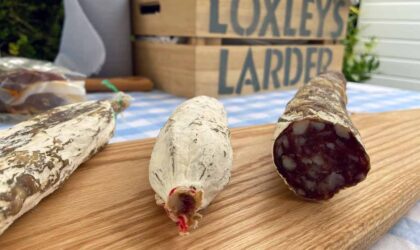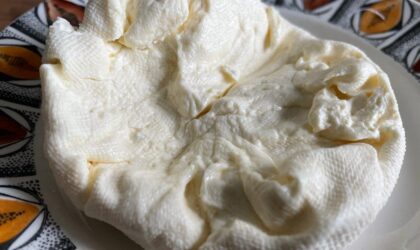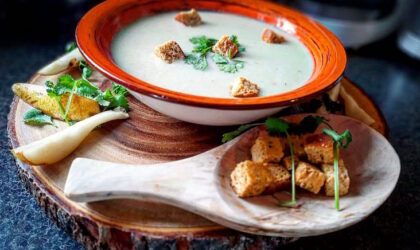Step-by-step: how to make your own bacon
Bacon is the great leveller: Achilles’ heel of vegetarians, fuel of White Van Man, hobby horse of princes and English breakfast staple. The beauty of bacon is its convenience, versatility and great taste. Sadly, the last bit is being eroded in favour of price.
Great bacon, however, does not have to be expensive. The tastiest bacon can be the cheapest, because making your own is simple. Although I’ve gone the whole, or rather the half hog here, you can just as easily buy a belly or middle of pork ready to cure.
What you’ll need
If you do decide to buy a half pig like I’ve done here (see bottom of this web page for details), to cut it up yourself you’ll need a big sharp knife, a small sharp knife and a hacksaw. Make sure your table and all your tools are scrupulously clean and the room is as cool as possible. Have everything ready before the pig arrives. You only have to make three cuts to divide the half pig into its main joints, and for bacon we need the middle section. It is important to only use the saw to cut bone, and to wipe bone dust off the meat after sawing.

———-
HOW TO MAKE IT…
1) The cutting
a) Ham off

Cut between the first and second vertebrae – the last straight joint before the tail starts. Saw through the cartilage, then use the big knife to cut the meat – it should just miss the tip of the hip bone.
b) Head off

Saw through the spine at cartilage between vertebrae, leaving as much meat on the shoulder as possible. Stop sawing as soon as you are cutting meat. Complete the cut with the big knife.
c) Shoulder off

To make this cut, use the gap between the fourth and fifth ribs – counting down from the head – as your cutting mark. Use the hacksaw to cut the ribs and spine, finish with the big knife.
———-
2) Making the bacon
For the bacon you will need about 2kg of salt (ordinary table salt is fine), 500g of sugar (the sugar is optional – brown sugar will produce darker bacon), a non-metallic tub that the bacon will fit in and itself will fit in your fridge. Herbs, in this case bay, are also optional.
a) Trim mid-section of excess fat.

Using the small knife, cut the ribs off and remove spine. The ribs should be left with very little meat on. You can get your butcher (or producer) to get your pork to this stage – trimmed, boned and ready to be cut to size to fit in your curing tub.
b) Cut the belly longways.

Remove the “eye” of meat that is the back bacon. I had to cut it in half to fit in the curing tub. The belly piece will be bigger than the back piece, but should still only need halving to get in the fridge.
c) Mix the dry cure ingredients together and rub thoroughly into the pork.

Store in the fridge for four days, rotating the pieces every day and pouring off excess water.
d) Hang the bacon to drip dry for several hours.

Ensure that it is free from flies and high temperatures. When dry, wrap loosely in muslin or cotton, and store in the fridge.
After drying, the bacon takes several days in the fridge to mature. Three to five days will get it tasting fantastic. It will keep this way for several weeks, but for longer storage it freezes well. Slice your back bacon as thickly as you like and fry gently in a dry pan until it’s just the way you like it, place between bread and eat. The streaky is exceptionally good for cooking in chunks when a recipe calls for lardons or pancetta, but makes a great sandwich too.
Animal welfare
Happy pigs are tasty pigs, and the happiest pigs live outside. Only “free range” on the label means this. The equation is simple: the higher the welfare standard the more expensive, and tasty, the pork, but the trend is slowed if you can buy directly from the producer, and the more you buy the cheaper it gets: the half pig for this project cost under £5/kg.
Where we bought the pig
Chris and Penny of Saxby Rare Breeds raise English Saddleback pigs, Jacob sheep, turkeys and geese. They diversified from livery after the hunting ban. They can joint pork and lamb to your needs, so you don’t have to embark on home butchery, but why not give it a go? A half pig weighing 20-25kg costs £120. Whole Jacob lambs (up to 20kg) are £95, and hoggets (up to 28kg) £120. They do a terrific hog roast too!
Price details
We produced 2.5kg of back bacon and 3kg of streaky. All of it was unsmoked, dry cured, free range, rare breed and local. The half Saddleback pig cost £120. Broken down, the back and belly cost £30, the ham £50 and the shoulder £40 (head was free). Premium supermarket unsmoked dry cure back bacon costs around £12.95/kg, with premium streaky costing £9.46/kg.





